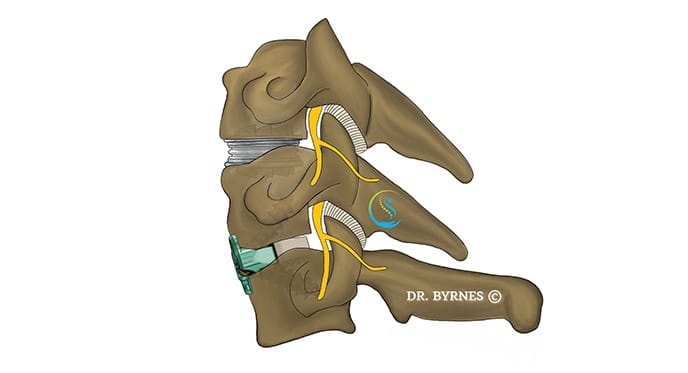
Hybrid cervical disc replacement (CDR) and discectomy with fixation is an innovative surgical technique that combines the benefits of CDR and anterior cervical discectomy and fusion (ACDF) in treating multilevel cervical spine disorders.
This article discusses the indications, techniques, benefits, and risks of this hybrid approach.
Hybrid CDR and discectomy with fixation is indicated for patients with multilevel cervical spine degeneration, including degenerative disc disease, cervical spondylosis, and radiculopathy.
This procedure is suitable for individuals who require surgery on two or more cervical levels but are not ideal candidates for multilevel CDR or ACDF alone.
The hybrid cervical disc replacement and discectomy with fixation procedure begins with an anterior cervical discectomy, where the damaged disc is removed to relieve pressure on the spinal cord and nerve roots.
In the hybrid approach, CDR is performed at one level, while ACDF is performed at another level. The surgeon selects the levels for CDR and ACDF based on the specific patient's pathology and needs.
The hybrid CDR and discectomy with fixation offer several benefits over traditional multilevel ACDF, including:
As with any surgical procedure, hybrid CDR and discectomy with fixation carry certain risks, including infection, bleeding, nerve injury, and implant failure. However, the overall complication rates for hybrid surgery are comparable to those of traditional multilevel ACDF.
Hybrid cervical disc replacement and discectomy with fixation offer a promising alternative to traditional multilevel ACDF in treating cervical spine disorders.
The hybrid approach combines the benefits of CDR and ACDF, allowing for motion preservation, improved biomechanics, and faster recovery.
However, patients should carefully consider the potential risks and discuss them with their surgeon to make an informed decision about their treatment options.
References
